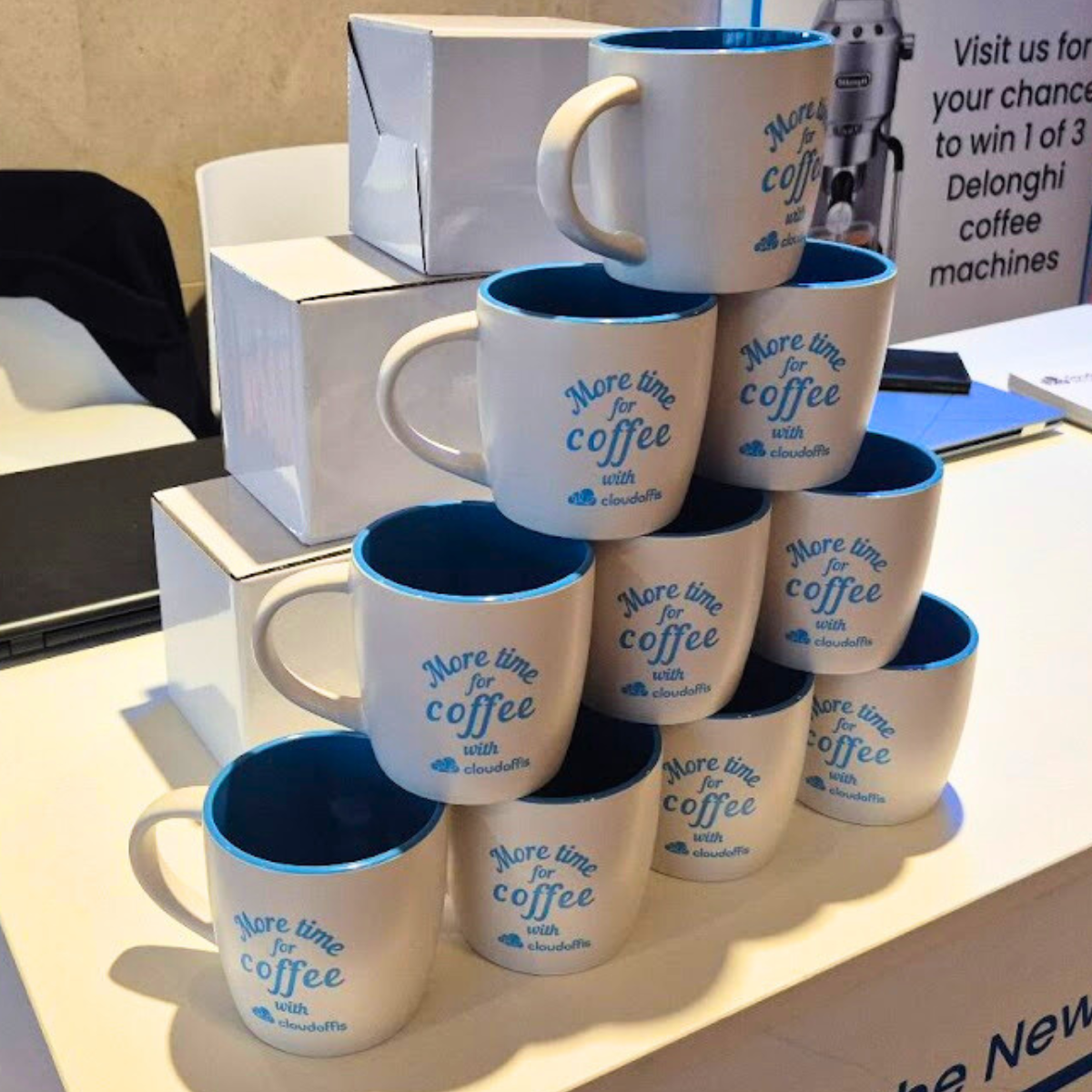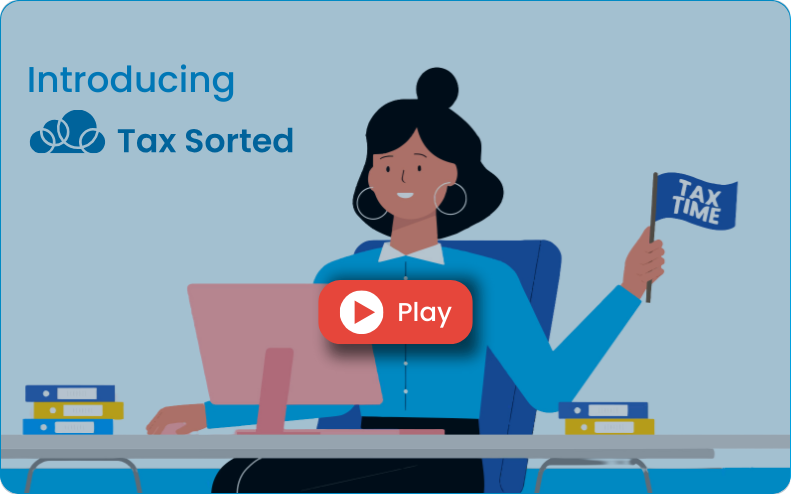In October 2023 the Treasury Laws Amendment (Better Targeted Superannuation Concessions) Bill 2023 and the Superannuation (Better Targeted Superannuation Concessions) Imposition Bill were released for public consultation and introduced into the Parliament in November 2023.
On 7 December 2023 the Senate referred the bills to the Senate Economics Legislation Committee which handed down its report on 10 May 2024. The committee’s recommendation was that the bills be passed as they stood. The bills were passed by the House of Representatives in October 2024 and introduced in the Senate on 21 October 2024 but lapsed on 21 July 2025 at the end of the previous parliament. The matter is expected to be reintroduced into the parliament during the Spring 2025 sittings. The reintroduced bills may differ from the previous bills that lapsed at the end of the previous parliament.
In broad terms, the originally proposed Div 296 tax is:
- intended to apply from the 2025/26 financial year if a member’s adjusted total superannuation balance is greater than $3 million (unindexed).
- calculated on the proportion of the member’s adjusted total superannuation balance above $3 million at the end of each financial year,
- levied as a 15 per cent tax on the proportion of the growth in an individual’s “superannuation earnings”, including unrealised capital gains. The earnings is calculated as the increase in the member’s total superannuation balance (TSB) at the commencement and adjusted TSB at the end of the relevant year of income commencing after 1 July 2025,
- not applied to reductions in the member’s TSB at the end of the financial year. Negative earnings above the $3 million cap are quarantined and used to offset future earnings under the calculation of a person’s superannuation earnings for a future year of income. The offset of losses does not result in a refund of any previous tax paid.
- proposed to be levied directly on the member and imposed separately to personal income tax and superannuation fund tax. The member may elect to pay the tax personally or have it paid from the balance in their superannuation fund or funds of which they belong, similar to Div 293 tax.
An individual’s TSB as at the end of the relevant financial year will be used to determine whether a liability for the Div 296 tax arises. That liability occurs only if the individual’s TSB is greater than $3 million and there are taxable superannuation earnings based on their adjusted TSB. To set the record straight and clarify any misconceptions, it is a misnomer to say that the combined tax payable on the fund’s investment income in accumulation phase (15%) and the Div 296 tax (also 15%) will be 30% in aggregate.
Question
How will Div 296 work for SMSF asset valuations?
Certain exemptions from the Division 296 tax apply to:
- minors in receipt of a superannuation income stream such as a death benefit pension following the death of a parent or other person of which the child is a dependant for superannuation purposes,
- anyone where a structured settlement payment (personal injury payment) has been made to superannuation. This applies regardless of whether the structured settlement amount was made in the relevant year of determining whether the Div 296 tax applies or in an earlier year,
- a person who died during the year in which the Div 296 is being determined. The only exception is where the deceased died on 30 June in the financial year.
There are three stages involved in determining whether Div 296 tax is to be levied on an individual. These are:
- calculation of ‘superannuation earnings’ based on the individual’s adjusted TSB at the end of the financial year,
- calculating the proportion of earnings attributable to balances above $3 million, and
- calculating the tax liability.
Stage 1
Calculate the ‘superannuation earnings’
The member’s ‘superannuation earnings’ for Div 296 purposes is calculated as the increase in their TSB on 30 June in the previous financial year which is adjusted for contributions and withdrawals during the relevant year of income. For the first year in which the legislation applies the adjusted TSB as at 30 June 2026 is the TSB at 30 June 2025 less ‘contributions’ plus ‘withdrawals’.
The adjusted TSB is reduced by any concessional contributions, less the 15% tax payable, and non-concessional contributions made to the fund. Withdrawals, such as income stream payments or lump sums paid to the member are added back to the calculation. The calculation of superannuation earnings is:
Superannuation Earnings = Current year adjusted TSB – previous year TSB
If the previous year TSB is less than $3 million, then an amount of $3 million, referred to as the large balance superannuation threshold, is substituted as Div 296 tax is designed only to apply to adjusted TSBs that lie above that amount.
The adjusted TSB in the superannuation earnings formula is calculated as:
Adjusted TSB = TSB for the current financial year + lump sum and pension withdrawals for the year – any contributions for the year.
The information for calculating the adjusted TSB is sourced from the fund’s annual returns. However, some information such as an individual’s pension payment details and whether personal contributions have been claimed as tax deductions may need to be included.
The adjusted TSB includes amounts withdrawn from the fund by the member during the year which are added back to the TSB as at the end of the financial year and any contributions for the year are deducted from the TSB.
Adjusted Total Superannuation Balance – pension withdrawals for the year
The total of the following amounts paid from the individual’s superannuation interests (accumulation and retirement phase balances) during the year are added back to the TSB at the end of the year of income:
• a superannuation benefit payment, such as a lump sum,
• superannuation benefits transferred via spousal contribution splitting,
• superannuation benefits transferred to another person via a family payment split,
• amounts withheld from an excess untaxed rollover amount,
• amounts released under a valid requested release authority (E.g. Division 293, excess NCC or first home super saver amount released),
• any amounts described by regulations. It should be noted that there are no draft regulations currently available.
Adjusted Total Superannuation Balance – contributions for the year
Contributions for the year equal the total of the following amounts received into the individual’s superannuation fund(s) during the year:
• contributions made to the individual’s superannuation fund. In the case of concessional contributions 85% of the amount is deducted from the TSB and for non-concessional contributions the whole of the amount is deducted,
• contributions spitting superannuation benefit payments made to a spouse’s superannuation balance,
• family law superannuation payments made due to a payment split and added to the recipient’s account,
• the TSB value of a superannuation death benefit interest when the individual becomes a retirement phase recipient of the death benefit,
• a death or total and permanent disability insurance payment or contingent beneficiary payment (with the exception of continuous disability payments such as a disability pension),
• any amounts allocated to the individual’s superannuation plan that are captured within the meaning of concessional contributions under s291-25(3) such as certain transfers from reserves,
• a transfer from a foreign superannuation fund,
• the increase in TSB value of a superannuation interest as a result of a remuneration payment or compensation for loss as a result of fraud or dishonesty,
• any amounts prescribed by regulations.
Stage 2
Calculate the proportion of the earnings attributable to the balance above $3 million
This part of the calculation is to ensure the proportion of the increase in the TSB that lies above the $3 million cap is brought to tax. It is worked out by determining the percentage of the TSB at the end of the relevant year that is above the $3 million cap threshold as:
(Individual^’ s TSB at the end of the year-large superannuation balance threshold)/(Invididual^’ s TSB at the end of the year) ×100
Note: The proportion is calculated using TSB (less LRBA amounts) and not the adjusted TSB which is used to calculate the superannuation earnings.
(Proposed s 296-35(2))
Stage 3
Calculate Tax Liability
The ‘tax liability’ is then determined by multiplying both ‘earnings’ and ‘proportion of earnings’ as calculated above in Steps 1 and 2 by the 15% tax rate:
Div 296 Liability=15% ×Taxable Superannuation Earnings (Earnings ×Proportion of Earnings)
(Proposed s 296-35(1))
Examples
The case studies of Stephen and Toni that follow illustrate the calculation of Div 296 tax and any adjustments to the individual’s TSB that are required.
| EXAMPLE |
|
Stephen
Steven’s calculated earnings are:
|
| EXAMPLE |
|
Toni
Scenario 1 |
Summary
|
TSB 30 June 2025 |
TSB 30 June 2026 |
Pension |
Lump sum |
Concessional Contribution after 15% tax |
Adjusted TSB as at 30 June 2026 |
|
$5,000,000 |
$5,300,000 |
$200,000 |
0 |
$17,000 |
$5,483,000 |
|
Proportion of superannuation earnings > $3 million |
Div 296 tax liability |
Effective tax rate on the fund’s total assets on 30 June 2026 |
|
43% |
$31,441 |
0.593% |
Main Issues with Division 296
The operation of Div 296 and the manner in which the tax liability is calculated has a number of issues which need to be considered. These will determine whether superannuation continues to be as attractive as in the past. The two main concerns with Div 296 are:
- the taxation of the ‘growth’ element in a member’s TSB over the year of income including the imposition of tax on unrealised capital gains on a year-by-year basis, and
- the lack of indexation of the ‘large superannuation threshold’ of $3 million.
In addition to these main issues there is also:
- valuation of fund assets on a market value basis,
- discrimination in the flexibility to withdraw benefits for those who meet or don’t meet a condition of release as part of the introduction of Div 296 tax,
- payment of the tax from the fund, especially SMSFs, which may have a significant proportion of the fund in illiquid assets,
- no notional CGT discount in calculating the adjusted TSB on assets that have been owned by the fund for greater than 12 months,
- No opportunity to equalise balances between spouses prior to the introduction of Div 296 tax,
- at the time the legislation was released in October 2023 it was estimated that 80,000 members would be impacted on an ongoing basis by the introduction of Div 296. If the proposed legislation commences on 1 July 2025 the number of members impacted by Div 296 tax is likely to increase beyond that estimate,
- there is no adjustment to losses carried forward if the member’s adjusted TSB falls below the $3 million threshold, and.
- effective double tax on taxable capital gains and unrealised capital gains attributable to the adjusted TSB above the member’s $3 million cap.
When will the $3 million cap become an issue?
It is difficult to predict when the impact of Div 296 tax will become an issue as it depends on the particular circumstances of the member involved. Those circumstances, not in any particular order, depend on:
- The member’s current TSB and the adjusted TSB,
- The income and capital growth of fund assets,
- The amount of contributions made over time in respect of the member by their employer, the member and others,
- The rate of increase in the indexation of the contribution caps and the total superannuation balance cap.
- The amount withdrawn from the fund during the year as lump sums and pensions
- The member’s age,
- The age of the member’s spouse,
- Whether the member satisfies a condition of release,
Before alternative arrangements to superannuation are considered it is probably worthwhile to consider strategies which take advantage of the current superannuation rules to reduce or possibly eliminate the impact of Div 296.
Who will be impacted immediately by Div 296?
Members under age 60?
The main group of fund member’s immediately impacted by Div 296 are those:
- those under age 60,
- not meeting a condition of release with a ‘nil’ cashing restriction, and
- have a TSB of more than the $3 million cap or will approach the cap amount within a relatively short period.
This group has little flexibility to reduce their TSB below the $3 million threshold and as a general proposition are locked into superannuation by the preservation rules until at least age 60. Access to superannuation prior to that age is available if certain limited conditions of release are satisfied, such as permanent disability.
It is possible for those under age 60 to make micro changes to their superannuation balances. However, these changes, such as splitting concessional contributions to their spouse, have a limited impact on the person’s TSB.
Member aged 60 or older?
There is a potential escape hatch for anyone 60 or older If Div 296 happens to become law and the individual wishes to reduce their liability. The immediate impact of Div 296 is most likely to be on anyone who is at least age 60, has superannuation earnings for the 2025-26 financial year and a TSB on 30 June 2026 of greater than the ‘large superannuation threshold’ of $3 million.
Anyone meeting a condition of release prior to the commencement of Div 296 with unrestricted non-preserved benefits may wish to use the flexibility to withdraw sufficient from the fund and stay below the $3 million cap. Conditions of release to gain access to benefits may include:
- meeting a condition of release of retirement for superannuation purposes,
- reaching age 65, or
- commencing a transition to retirement income stream (TRIS) from age 60.
However, an individual may require that adjustments occur prior to 30 June 2025 as they may think that the impact of the Div 296 tax can be eliminated for the 2025-26 financial year. However, the case study above shows that in some cases the Div 296 tax payable will depend on the individual’s TSB on 30 June 2026 and not their adjusted TSB.
Anyone between the ages of 60 and 65 who does not meet a condition of release with a ‘nil’ cashing restriction may wish to commence a transition to retirement income stream (TRIS). The reason is that the balance of the TRIS is not measured against the individual’s Transfer Balance Cap (TBC) until an individual has retired for superannuation purposes or reached age 65. Irrespective of the individual’s balance in the fund, the whole balance may be used to commence a TRIS and provide them with an income stream of up to 10% of its opening balance for the financial year. However, care should be taken for those approaching a condition of release with a ‘nil’ cashing restriction such as age 65 because the TRIS then falls into retirement phase and is counted for purposes of the member’s TBC.
|
EXAMPLE |
|
Dina |
One issue that arises with the withdrawal of a pension or lump sum from the fund is answering the question, ‘What will the member do with the amount received if they don’t need it to live on?’ There is no end to the possible answers which could include investing it, buying a new residence, an overseas trip or even putting it under the bed.
Division 296 tax – is it best to move to tax-effective accounting if Div 296 becomes law?
As a general practice, many funds do not use tax effect accounting and the decision to use must be considered on a case by case basis. As the accounts are not general purpose financial statements then the ultimate decision is up to the fund trustees and the fund’s accountant. A note in the fund’s accounts should reflect whether tax effect accounting is being used.
There may be consequences for a fund that starts using tax effect accounting if it is not currently being used by the fund. As a general rule, tax effect accounting recognises the fund’s tax liability assuming that all the assets are disposed of at the end of each financial year. However, if the assumed disposal of assets results in a loss then it may result in a deferred tax asset.
When Division 296 tax is being considered deferred tax accounting will recognise the tax payable if the asset were sold on 30 June. This raises a tax liability provision for deferred tax in the fund’s statement of financial position or balance sheet.
For example if the fund owns a property and it is increasing in value then by using tax effect accounting the member balances will be lower at the year-end because of the notional tax calculation. The member’s total superannuation balance will also be lower and therefore the Division 296 tax would be expected to be lower too.
However, while at first blush the use of tax effect accounting may seem attractive the ongoing impact may not be as clear. This would occur when the asset is disposed of and when capital gains are calculated. The reason is that the use of tax effect accounting may reduce the member’s total superannuation balance on a year by year basis.
When the asset is eventually disposed of the member’s total superannuation balance would take the capital gain without any reduction for the amount of tax previously taken into account when calculating the member’s total superannuation balance. The same effect would occur if a member was in accumulation phase and part of that balance was used to commence an income stream.
The ultimate effect by using tax effect accounting is a timing difference. This would resolve itself when the asset was disposed of or part of the member’s benefit was used to commence an income stream. The result is that the member’s total superannuation balance would be no different after the sale or commencement of the income stream due to the tax effect adjustment.
Tax effect accounting does not necessarily mean that the member’s Division 296 outcome will be improved. Whether it is useful may depend on a number of factors based on the member’s particular circumstances. Don’t forget that if the ATO considers that the purpose of using tax effect accounting to reduce a person’s total superannuation balance and avoid Div 296 tax it may fall foul of Part IVA of the tax law.
What is the current state of the art with Division 296 tax?
As indicated above, the Treasury Laws Amendment (Better Targeted Superannuation Concessions) Bill 2023 and the Superannuation (Better Targeted Superannuation Concessions) Imposition Bill were passed by the House of Representatives in October 2024 and introduced in the Senate on 21 October 2024 but lapsed on 21 July 2025 at the end of the previous parliament. The matter is expected to be reintroduced into the parliament during the Spring 2025 sittings. The reintroduced bills may differ from the previous bills that lapsed at the end of the previous parliament.









